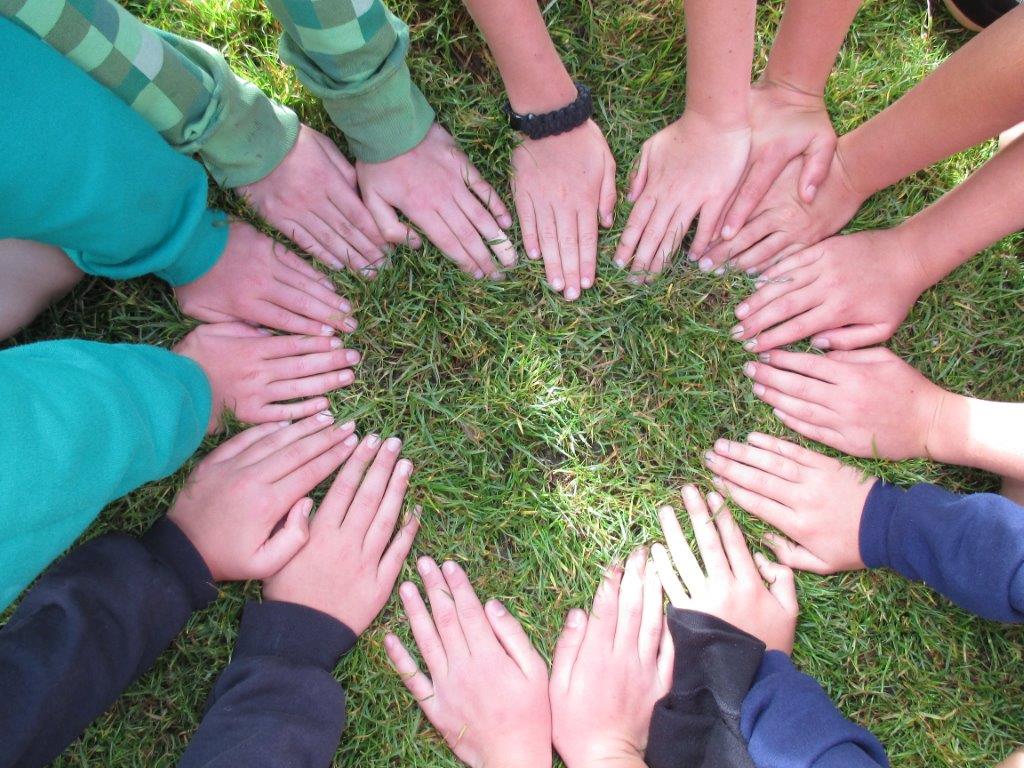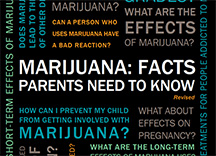A Letter to Parents
We at the National Institute on Drug Abuse (NIDA) are pleased to offer two short guides for parents and their children to review the scientific facts about marijuana: (1) Marijuana: Facts Parents Need to Know and (2) Marijuana: Facts for Teens. Although it’s best to talk about drugs when children are young—when drug use often begins—it’s never too late to start the conversation.
Marijuana remains the most used illegal substance among youth. By the time they graduate from high school, about 45 percent of U.S. teens will have tried marijuana at least once in their lifetime. In 2015, nearly 22 percent of high school seniors reported current marijuana use, and 6 percent used marijuana daily.1 The annual Monitoring the Future survey has been tracking teen attitudes and drug use since 1975. Currently, the number of teens who think marijuana use is harmful is declining. This is concerning because there is growing scientific evidence that heavy, regular use of marijuana that begins during the teen years may lower a person’s IQ and interfere with other aspects of functioning and well-being. The good news is that marijuana use did not increase significantly among youth from 2010 to 2015.
Survey results show that we still have a long way to go in our efforts to prevent marijuana use and avoid the toll it can take on a young person’s life. NIDA recognizes that parents have an important role in this effort and can strongly influence their children’s attitudes and behaviors. However, the subject of marijuana use has become increasingly difficult to talk about—in part because of the mixed messages being sent by the passage of medical marijuana laws and legalization of marijuana in some states. In addition, many parents may have used marijuana when they were younger, which could make talking openly and setting rules about its use more difficult.
Talking to our children about drug use isn’t always easy, but it is crucial. You can also get involved in your community and seek out drug abuse prevention programs that you and your child can participate in together. Sometimes, just beginning the conversation is the hardest part. I hope these booklets can help.
Nora D. Volkow, M.D.
Director










